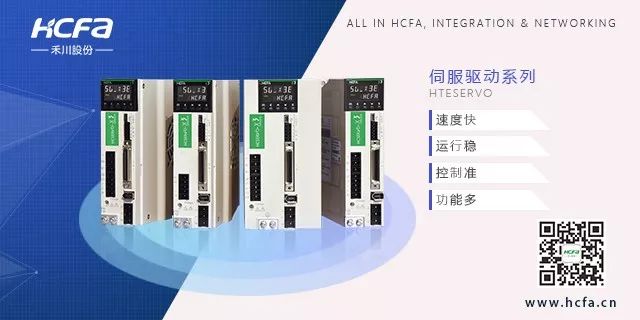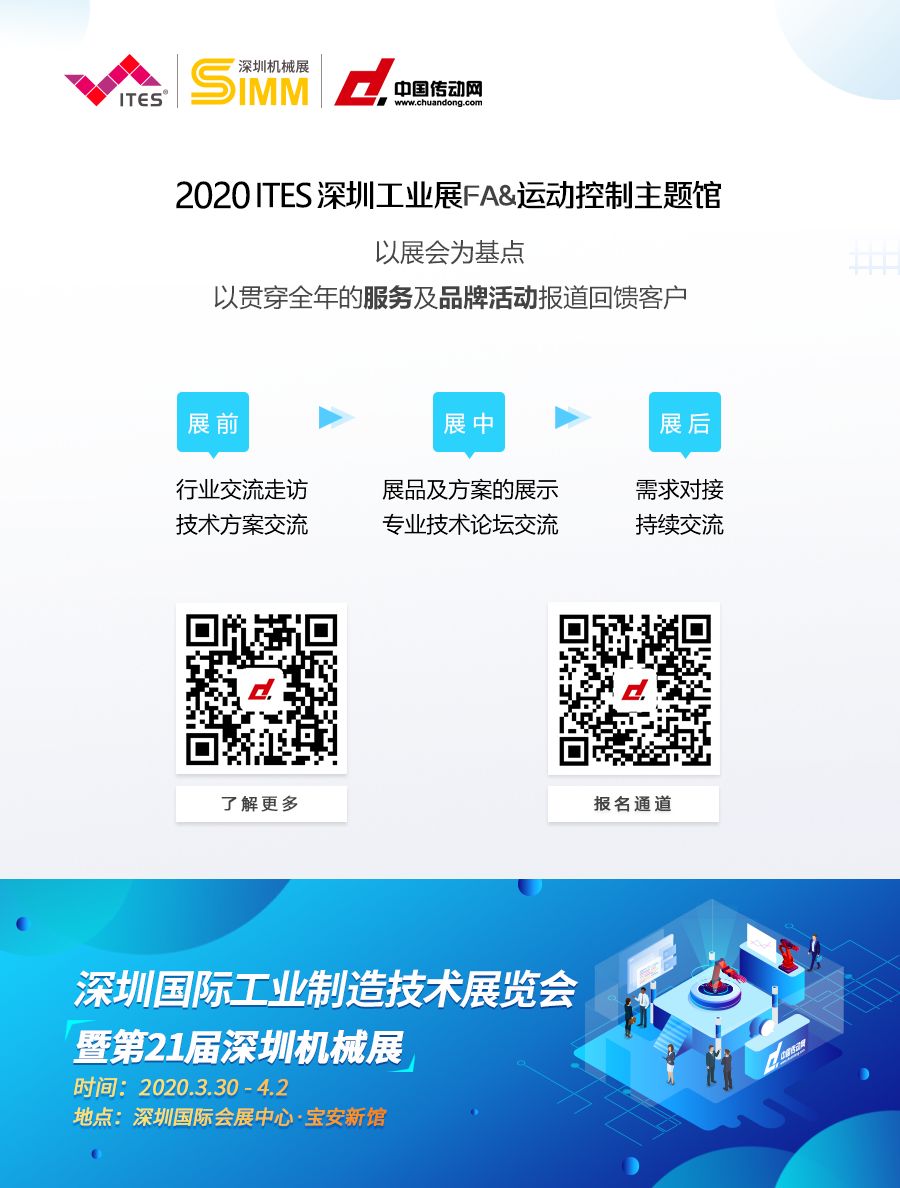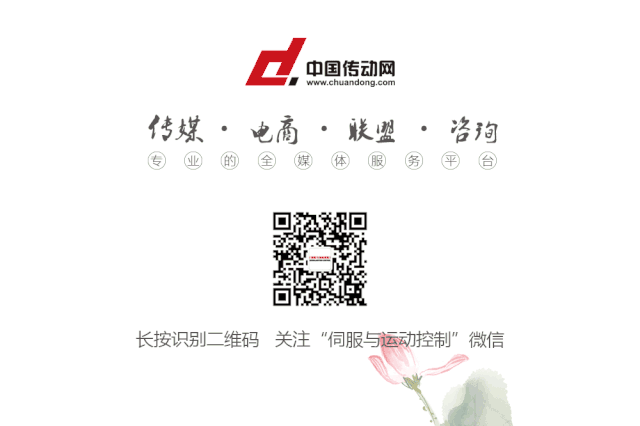
With the rapid development of industrial technology, distributed control systems and fieldbus control systems have emerged. Some people in certain industries believe that FCS is developed from PLC, while others think FCS is derived from DCS. There are both close connections and essential differences between FCS, PLC, and DCS.
The three major control systems in industrial process control are PLC, DCS, and FCS.
PLC controllers are electronic systems designed for digital operation in industrial environments. They use a type of programmable memory to internally store programs, execute logical operations, sequential control, timing, counting, and arithmetic operations, and control various types of machinery or production processes through digital or analog input or output.
DCS, or Distributed Control System, is a computer-based control system that rapidly developed in the mid-1970s. It combines control technology, computer technology, image display technology, and communication technology, also known as 4C technology, to monitor, control, and manage production processes. It breaks the limitations of conventional control instruments and effectively addresses the risks posed by early computer systems that were overly centralized in information, management, and control.
The core of the FCS fieldbus control system is the bus protocol, based on digital intelligent field devices, and its essence is localized information processing.
The basic characteristics of process control systems composed of large PLCs
(1) Top-down structure, where PLC can function as an independent DCS or as a subsystem of DCS. (2) PID is located in the control station, enabling various functions such as continuous PID control.
(3) A PC can serve as the master station, with multiple PLCs of the same type as slave stations; or a PLC can serve as the master station with multiple PLCs as slaves, forming a PLC network.
(4) Mainly used for sequential control in industrial control, newer PLCs also include closed-loop control functions.
The basic characteristics of DCS control systems
(1) A top-down tree structure, where communication is key.
(2) PID is in the interrupt station, connecting the computer with field instruments and control devices.
(3) It features a tree topology and parallel continuous link structure, with numerous cables running from relay stations to field instruments.
(4) The signal system includes discrete signals and analog signals.
(5) DCS consists of a three-level structure of control (engineer station), operation (operator station), and field instruments (field measurement and control station).
The basic characteristics of FCS control systems
(1) FCS is a fusion of 3C technology. It is suitable for intrinsically safe, hazardous areas, variable processes, and extremely challenging environments.
(2) Field devices are highly intelligent, providing all-digital signals; a single bus connects all devices.
(3) A bidirectional digital communication bus from the control room to field devices is interconnected, bidirectional, serial multi-node, and open, replacing the unidirectional, single-point, parallel, closed analog systems.
(4) Control functions are completely decentralized.
Comparison between DCS control systems and PLC control systems
DCS is a “distributed control system,” while PLC is merely a control “device.” The difference lies between a “system” and a “device.” The system can realize the functionality and coordination of any device, while the PLC device only implements the functions of its unit. In terms of networking, the network is the central nervous system of the control system.
The DCS system, such as the HOLLiAS MACS system, has a network divided into system network and control network levels, where the system network connects the field control stations with the system operator stations, and the control network connects the field control stations with intelligent I/O units, ensuring real-time and reliable information transmission.
In contrast, PLCs generally operate individually, and when communicating with other PLCs or host computers, they typically use a single network structure. In terms of network security, PLCs lack robust protective measures.
DCS designs include numerous scalable interfaces, making it easy to connect external or expanded systems, while adding or removing operator stations in a PLC-connected system is quite challenging after its completion. DCS employs dual redundancy in control units to ensure the safety and reliability of control devices, allowing seamless switching to redundant units when a critical control unit fails, thus maintaining the safety and reliability of the entire system.
PLC systems generally lack redundancy concepts, making redundancy control strategies impractical. Especially when a PLC unit fails, the entire system must be halted for replacement and maintenance, requiring reprogramming. Therefore, DCS systems are considered more reliable and safer than PLCs. DCS and PLC hardware reliability is roughly comparable. The advantage of PLC lies in software; PLC uses a sequential scanning mechanism, dominating in high-speed sequential control. The cycle time of PLC is approximately 10ms, while DCS control stations operate around 500ms.
DCS achieves sequential interlocking functions, which are weaker compared to PLC, and its logical execution speed is not as fast as PLC. Relatively, systems built on PLCs have lower costs. DCS field control stations typically adopt centralized control; although remote distributed I/O is supported, it is rarely used due to cost reasons, while PLC-based remote distributed I/O is smaller and more flexible, effectively saving wiring costs.
Comparison between FCS control systems and DCS control systems
FCS can be said to incorporate the characteristics of both DCS and PLC, while taking a revolutionary step forward.
(1) FCS is an entirely open system with open technical standards, allowing interoperability among field devices from different manufacturers, enabling users to choose products from various brands for optimal system integration; DCS systems are closed, with incompatibility among products from different manufacturers.
(2) FCS achieves fully digital signal transmission, allowing communication from the lowest level sensors and actuators to the highest level, providing strong support for enterprise MES and ERP systems. More importantly, it enables remote diagnostics, maintenance, and configuration of field devices; DCS communication capabilities are significantly limited. Although it can connect to the Internet, it cannot reach the lowest level, and the information it provides is also limited, making remote operations on field devices impossible.
(3) FCS features a fully decentralized structure, eliminating the I/O units and control stations found in DCS, decentralizing control functions to field devices, making system expansion very easy; DCS only decentralizes to the controller level, emphasizing the functionality of controllers, with data highways being crucial.
(4) FCS’s full digitalization allows for high precision control, achieving ±0.1%; DCS’s signal system is binary or analog, requiring A/D and D/A conversion, resulting in a control precision of ±0.5%.
(5) FCS can place PID closed-loop functions in field transmitters or actuators, along with digital communication, shortening sampling and control cycles, currently improving from 2-5 times per second in DCS to 10-20 times per second, thus enhancing regulation performance.
(6) FCS reduces the need for extensive hardware, cables, and installation aids, significantly lowering installation and debugging costs, making it much cheaper than DCS.
FCS is an open, fully distributed, intelligent control system. However, traditional DCS and PLC systems have been in use for decades, evolving into practical and highly reliable systems. As they develop, there is a trend for them to converge. For example, newer DCS systems now have strong sequential control capabilities, while new PLCs are not weak in handling closed-loop control, and both can form large control networks.
End


Previous Highlights
Clarifying Various Industrial Ethernet Technologies
The Backstory of the Motor Market’s Challenges
Future Directions of Industrial Motion Control? Dimensions Iteration and Integration
Understanding the Working Principle of Brushless Motors, Even for Those Bad at Physics
Kinematics and Dynamics of Industrial Robots
Special Note: This article’s material is sourced fromthe Internet, representing only the original author’s views, and all rights belong to the original author! After the compiler’s collection and organization, we share it for learning! If you believe any content infringes your rights, please contact the compiler! We will verify and correct it immediately!